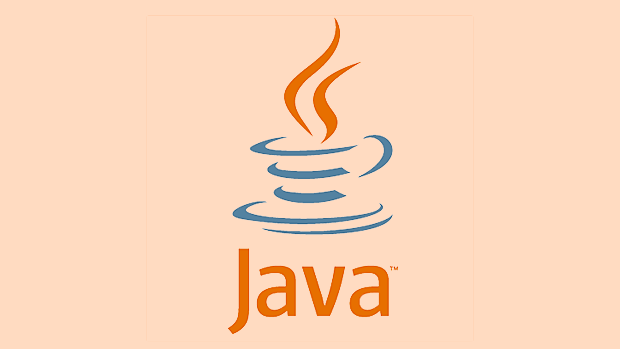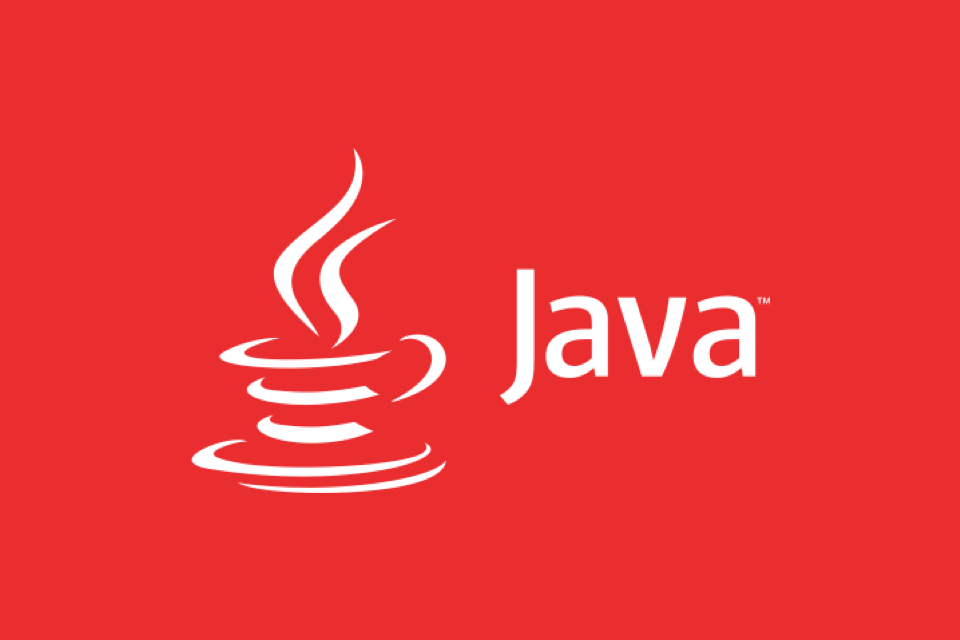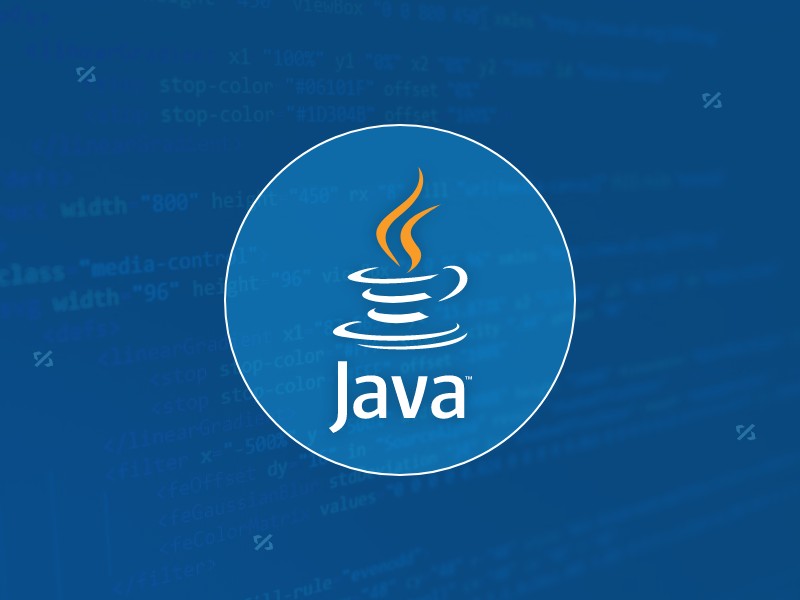In Java, the static keyword is used to associate variables, methods, or nested classes with the class itself rather than instances. 1. When a class-level variable is needed, such as a shared counter, use static variables; 2. When a method does not depend on the instance state, such as a tool method, use static methods; 3. When a nested class does not need to access the instance variables of an external class, use static nested classes; 4. When an initialization task needs to be performed while the class is loaded, use static code blocks. These usages help save memory and avoid unnecessary object creation, but use mutable static variables with caution to avoid difficult-to-trace errors.

In Java, the static keyword is used when you want something to belong to the class itself rather than to instances of the class. This means it's shared across all instances and can be accessed without creating an object.

When You Need Class-Level Variables
If a variable should be shared among all instances of a class — like a counter for how many objects have been created — static is the way to go.

For example:
public class Car {
static int count = 0;
public Car() {
count ;
}
} Here, every time a new Car is created, count increases, and this value is shared across all instances. If one object changes it, others see the change too.

Use this when:
- The data logically belongs to the class, not individual objects.
- You need to keep track of something global to the class.
For Utility Methods That Don't Rely on Instance State
If a method doesn't need to access instance variables or other object-specific data, marking it as static makes sense.
Take Math.sqrt() as an example — it just does a calculation and doesn't care about any particular object's state.
So if you're writing helper methods (like string formatting, number checking, etc.), make them static. It saves memory and avoids unecessary object creation.
Things to consider:
- Static methods can't use
thisor refer to instance variables directly. - They're often used in utility classes with only static members.
To Create Static Nested Classes
Java allows you to define a class inside another class. Sometimes, you don't want that inner class tied to an instance of the outer class — that's where static comes in handy.
A good example is something like:
public class Outer {
static class Inner {
// can be used without an Outer instance
}
}This is useful when:
- The nested class doesn't need to access the outer class's instance variables.
- You want to logically group classes but avoid the overhead of requiring an outer instance.
When Initialization Should Happen Once at Class Load Time
You can also use static blocks to initialize complex static variables. These run once when the class is loaded into memory.
Example:
static {
// load configuration, set up caches, etc.
}Use this for:
- One-time setup tasks.
- Loading resources that are expensive but needed by all instances.
Keep in mind:
- The order matters — static blocks run in the order they appear.
- They can throw exceptions, which can help with early failure detection.
That's pretty much when and why to use static . It's powerful, but best used carefully — especially with mutable static variables, since they can introduce bugs that are hard to trace.
The above is the detailed content of When to Use the 'static' Keyword in Java Classes. For more information, please follow other related articles on the PHP Chinese website!

Hot AI Tools

Undress AI Tool
Undress images for free

Undresser.AI Undress
AI-powered app for creating realistic nude photos

AI Clothes Remover
Online AI tool for removing clothes from photos.

Clothoff.io
AI clothes remover

Video Face Swap
Swap faces in any video effortlessly with our completely free AI face swap tool!

Hot Article

Hot Tools

Notepad++7.3.1
Easy-to-use and free code editor

SublimeText3 Chinese version
Chinese version, very easy to use

Zend Studio 13.0.1
Powerful PHP integrated development environment

Dreamweaver CS6
Visual web development tools

SublimeText3 Mac version
God-level code editing software (SublimeText3)

Hot Topics
 Difference between HashMap and Hashtable?
Jun 24, 2025 pm 09:41 PM
Difference between HashMap and Hashtable?
Jun 24, 2025 pm 09:41 PM
The difference between HashMap and Hashtable is mainly reflected in thread safety, null value support and performance. 1. In terms of thread safety, Hashtable is thread-safe, and its methods are mostly synchronous methods, while HashMap does not perform synchronization processing, which is not thread-safe; 2. In terms of null value support, HashMap allows one null key and multiple null values, while Hashtable does not allow null keys or values, otherwise a NullPointerException will be thrown; 3. In terms of performance, HashMap is more efficient because there is no synchronization mechanism, and Hashtable has a low locking performance for each operation. It is recommended to use ConcurrentHashMap instead.
 What are static methods in interfaces?
Jun 24, 2025 pm 10:57 PM
What are static methods in interfaces?
Jun 24, 2025 pm 10:57 PM
StaticmethodsininterfaceswereintroducedinJava8toallowutilityfunctionswithintheinterfaceitself.BeforeJava8,suchfunctionsrequiredseparatehelperclasses,leadingtodisorganizedcode.Now,staticmethodsprovidethreekeybenefits:1)theyenableutilitymethodsdirectly
 How does JIT compiler optimize code?
Jun 24, 2025 pm 10:45 PM
How does JIT compiler optimize code?
Jun 24, 2025 pm 10:45 PM
The JIT compiler optimizes code through four methods: method inline, hot spot detection and compilation, type speculation and devirtualization, and redundant operation elimination. 1. Method inline reduces call overhead and inserts frequently called small methods directly into the call; 2. Hot spot detection and high-frequency code execution and centrally optimize it to save resources; 3. Type speculation collects runtime type information to achieve devirtualization calls, improving efficiency; 4. Redundant operations eliminate useless calculations and inspections based on operational data deletion, enhancing performance.
 What is an instance initializer block?
Jun 25, 2025 pm 12:21 PM
What is an instance initializer block?
Jun 25, 2025 pm 12:21 PM
Instance initialization blocks are used in Java to run initialization logic when creating objects, which are executed before the constructor. It is suitable for scenarios where multiple constructors share initialization code, complex field initialization, or anonymous class initialization scenarios. Unlike static initialization blocks, it is executed every time it is instantiated, while static initialization blocks only run once when the class is loaded.
 What is the Factory pattern?
Jun 24, 2025 pm 11:29 PM
What is the Factory pattern?
Jun 24, 2025 pm 11:29 PM
Factory mode is used to encapsulate object creation logic, making the code more flexible, easy to maintain, and loosely coupled. The core answer is: by centrally managing object creation logic, hiding implementation details, and supporting the creation of multiple related objects. The specific description is as follows: the factory mode handes object creation to a special factory class or method for processing, avoiding the use of newClass() directly; it is suitable for scenarios where multiple types of related objects are created, creation logic may change, and implementation details need to be hidden; for example, in the payment processor, Stripe, PayPal and other instances are created through factories; its implementation includes the object returned by the factory class based on input parameters, and all objects realize a common interface; common variants include simple factories, factory methods and abstract factories, which are suitable for different complexities.
 What is the `final` keyword for variables?
Jun 24, 2025 pm 07:29 PM
What is the `final` keyword for variables?
Jun 24, 2025 pm 07:29 PM
InJava,thefinalkeywordpreventsavariable’svaluefrombeingchangedafterassignment,butitsbehaviordiffersforprimitivesandobjectreferences.Forprimitivevariables,finalmakesthevalueconstant,asinfinalintMAX_SPEED=100;wherereassignmentcausesanerror.Forobjectref
 What is type casting?
Jun 24, 2025 pm 11:09 PM
What is type casting?
Jun 24, 2025 pm 11:09 PM
There are two types of conversion: implicit and explicit. 1. Implicit conversion occurs automatically, such as converting int to double; 2. Explicit conversion requires manual operation, such as using (int)myDouble. A case where type conversion is required includes processing user input, mathematical operations, or passing different types of values ??between functions. Issues that need to be noted are: turning floating-point numbers into integers will truncate the fractional part, turning large types into small types may lead to data loss, and some languages ??do not allow direct conversion of specific types. A proper understanding of language conversion rules helps avoid errors.
 What is synchronization?
Jun 24, 2025 pm 08:21 PM
What is synchronization?
Jun 24, 2025 pm 08:21 PM
Synchronizationistheprocessofcoordinatingtwoormorethingstostayaligned,whetherdigitalorphysical.Intechnology,itensuresdataconsistencyacrossdevicesthroughcloudserviceslikeGoogleDriveandiCloud,keepingcontacts,calendarevents,andbookmarksupdated.Outsidete






